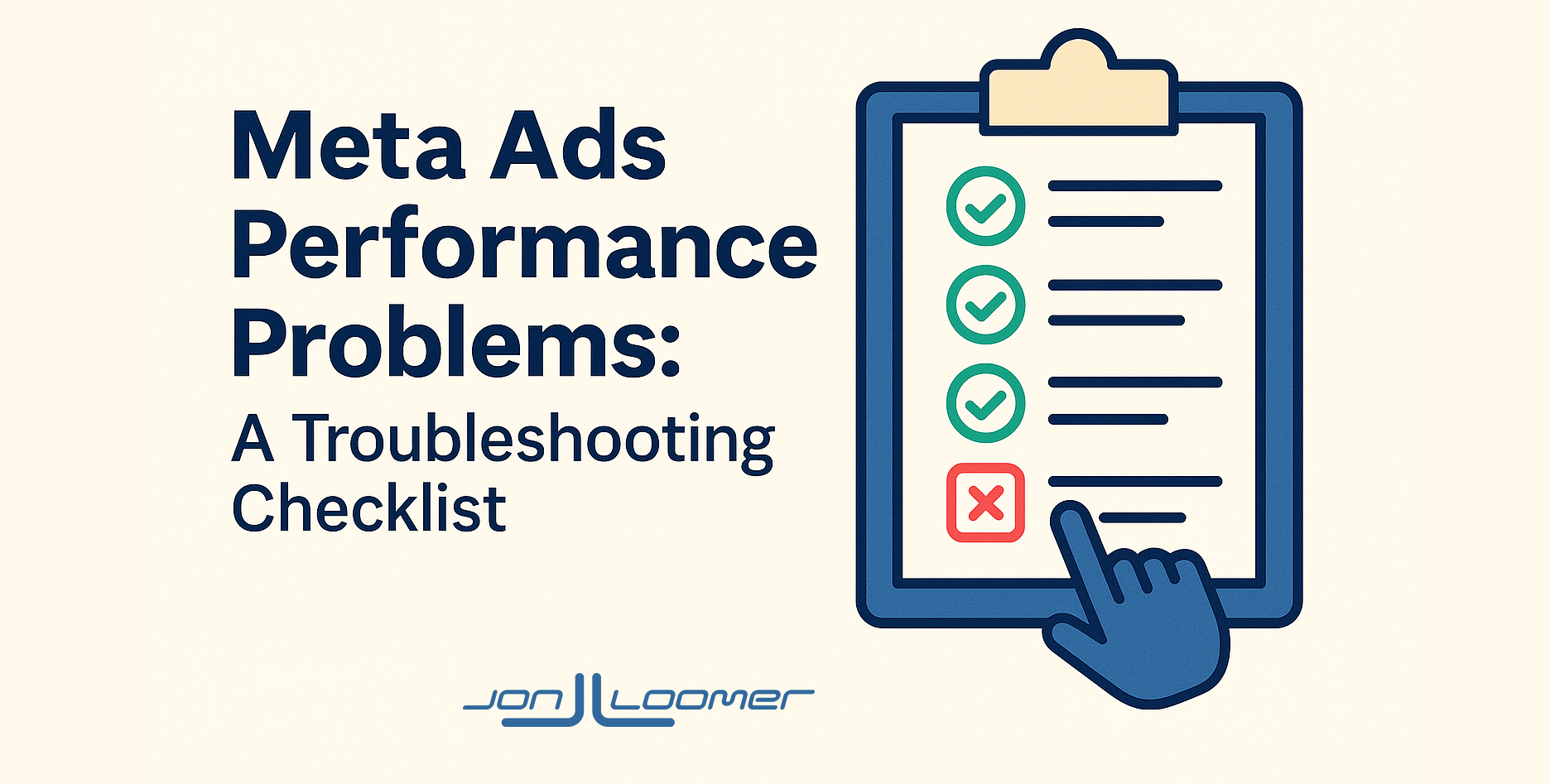As a Meta advertiser, you've likely experienced poor performance at some point. Whether you claim you haven't, it's hard to deny that issues will arise when running ads on this platform.
When faced with performance problems, the most common reaction is to scramble for solutions. However, there's often more confusion now than ever before regarding how to correct these issues. This is due in part to conflicting philosophies between old-school and modern advertising approaches.
What Not to Do
It's time to move away from the outdated strategies that are no longer effective. Avoid using an ad strategy that reflects the 2018 environment, as this will only lead to frustration and wasted resources.
The popular advice floating around right now may do little to nothing about your results and might even make things worse. Much of this advice is based on assumptions about how things work and what makes an impact that are no longer relevant.
Simplify and Focus
A long-term solution to your performance problems lies in simplifying your campaigns rather than overcomplicating them with multiple hacks and recommendations. Avoid layering strategy on top of strategy, as this will only add complexity without providing a clear direction.
Start by stripping down your campaigns to only those that are necessary and ensure you have enough budget and volume to make them effective. Prioritize and pick one goal at a time. Consider opportunities for consolidation if you're running multiple campaigns for the same goal.
Limit Ad Sets
Limiting ad sets can be beneficial, especially when optimizing for conversions. Combining ad sets where possible will help consolidate your budget and reduce auction overlap and audience fragmentation.
Determine what is absolutely necessary and turn off those that aren't. This is directly tied to the number of ad sets since the reason advertisers create multiple ad sets often relates to targeting. However, targeting works differently now, making these practices inefficient.
Addressing Performance Problems
The solution to your performance issues lies in your ad copy and creative, not in overcomplicating your campaigns or relying on outdated hacks. Recognize that there is no perfect ad, and improvements are always needed.
Take an expansive approach to reaching different types of customers by using multiple formats such as single image, video, carousel, and providing optimal aspect ratios for each placement. Preview your ads to ensure they look good in every placement and make adjustments accordingly.
Don't blindly turn off all creative enhancements or AI-generated options without considering their potential benefits. Sometimes these can help prevent creative fatigue and improve ad performance.
Product-Related Issues
In some cases, the issue may not be with your ads but with your product itself. Consider your price point, model, and offer when running ads. Experimenting with package deals and monthly recurring revenue can help address performance problems related to product quality.
Website Performance
The performance of your website may not be the cause of your ad issues, but it's an area worth exploring. Consider the load time, simplicity, consistency of creative and messaging, and steps required for conversions. Addressing these aspects can have a significant impact on your ad performance.
Data Interpretation
Finally, ensure you're interpreting data correctly. Make sure you're viewing 28-day click data to add context and comparing attribution settings to view first vs. all conversions and standard vs. incremental attribution results.
Solving performance-related problems with Meta ads requires a fresh perspective. Instead of relying on hacks or blaming the platform, focus on your ad copy and creative, customer experience, product quality, website performance, and data interpretation. These are the things you control and will always have an impact on your results.
